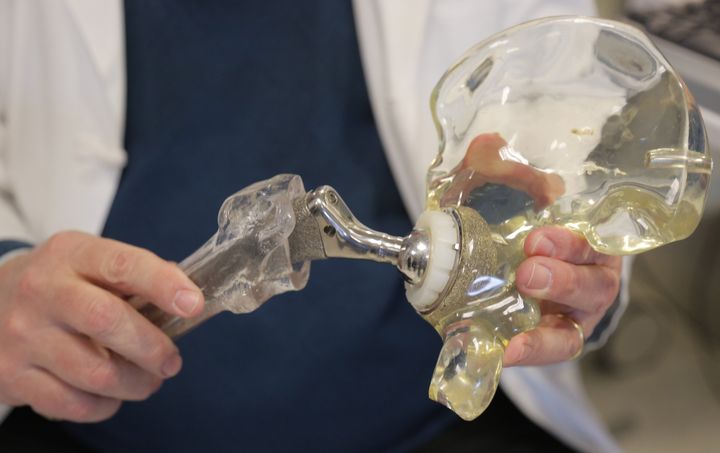
I like to think of myself as a physically active person. I go to the gym most days; I’m slowly (heavy on the ‘slow’) getting back into running.
But despite lunging and squatting my way to what I thought was pretty decent leg strength, I recently found myself absolutely humbled in a legs, bums, and tums class that involved a cossack squat.
The (advanced, okay?!) move, which combines a one-legged squat with a split, simply wasn’t happening for me ― and alerted me to the fact that I was glossing over issues with my hip mobility with my strengthening routines.
So I thought I’d begin working a move Livestrong calls “one of the best lower-body exercises you can do” into my routine; the slightly embarrassing-looking but very worthwhile “frog squat.”
What’s a frog squat?
It involves sitting down into a deep squat, placing your elbows into the inside of your knees, and lifting your hips upwards and backwards before slowly settling back into the squat.
You should hinge at the knee. Your knees shouldn’t lock on your way up, and you should keep your elbows inside your knees the entire time.
It looks pretty easy, but a correctly performed frog squat should be extremely noticeable on your hamstrings.
Jereme Schumacher, PT, a doctor of physical therapy at Bespoke Treatments in San Diego, told Livestrong that the move helps to strengthen your quads, giving you better lower-body control, while also getting your posterior chain active.
This improves your glute and hamstring strength.
“It’s important to always challenge your joints in different ranges of motion, and frogger squats offer a safe variation to improve your overall hip mobility,” he added.
That’s certainly been true for me.
Is it good for anything else?
Aaron Leventhal, a former professional football player and owner of Minneapolis-based Fit Studio, shared that it can even improve the depth of your non-frog squats.
“A frog squat rotates the [thigh] in such a way that you get more space in the hips,” he explained.
“Because of that, you can often get deeper in your squat, and that will help train you for more depth in other squat variations as well.”